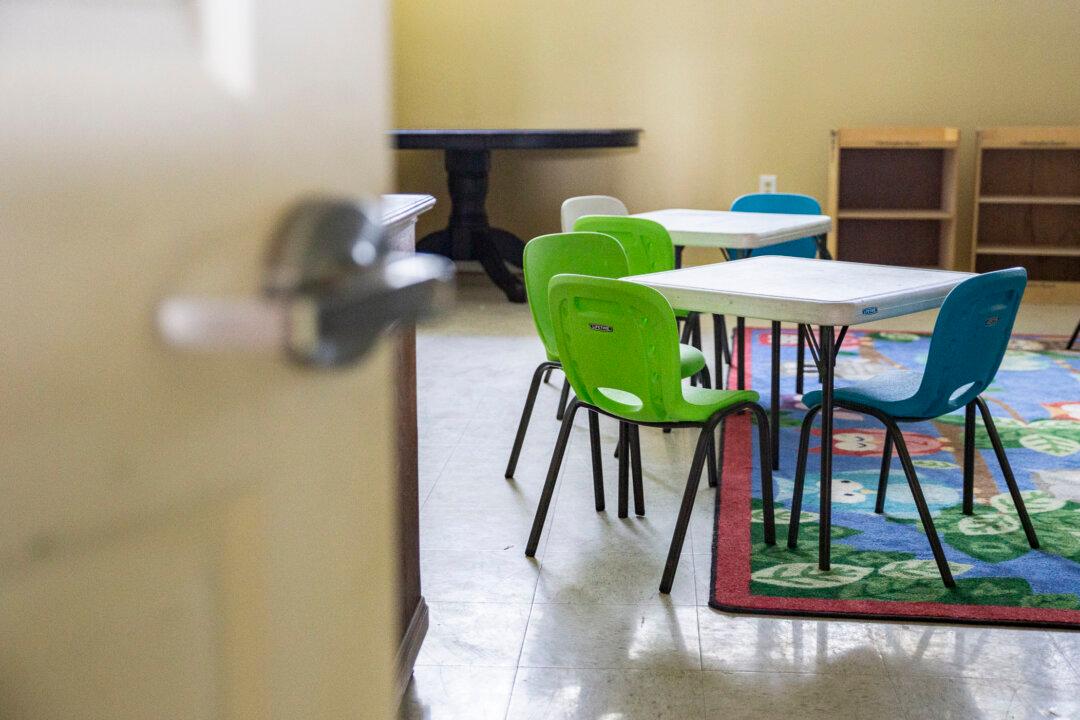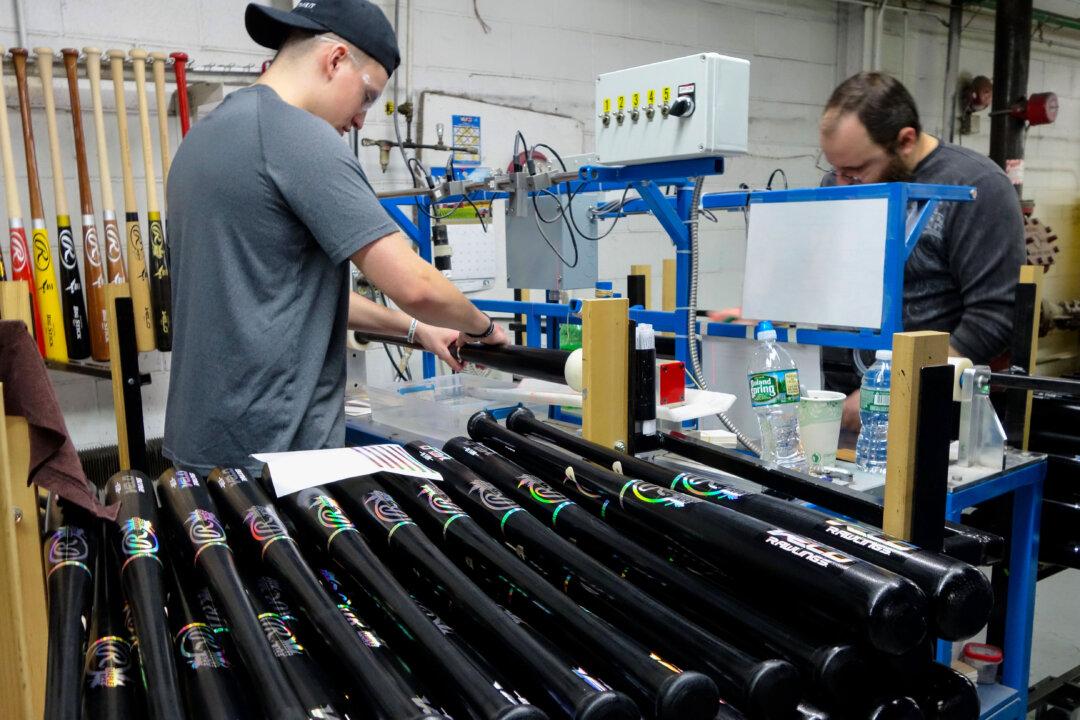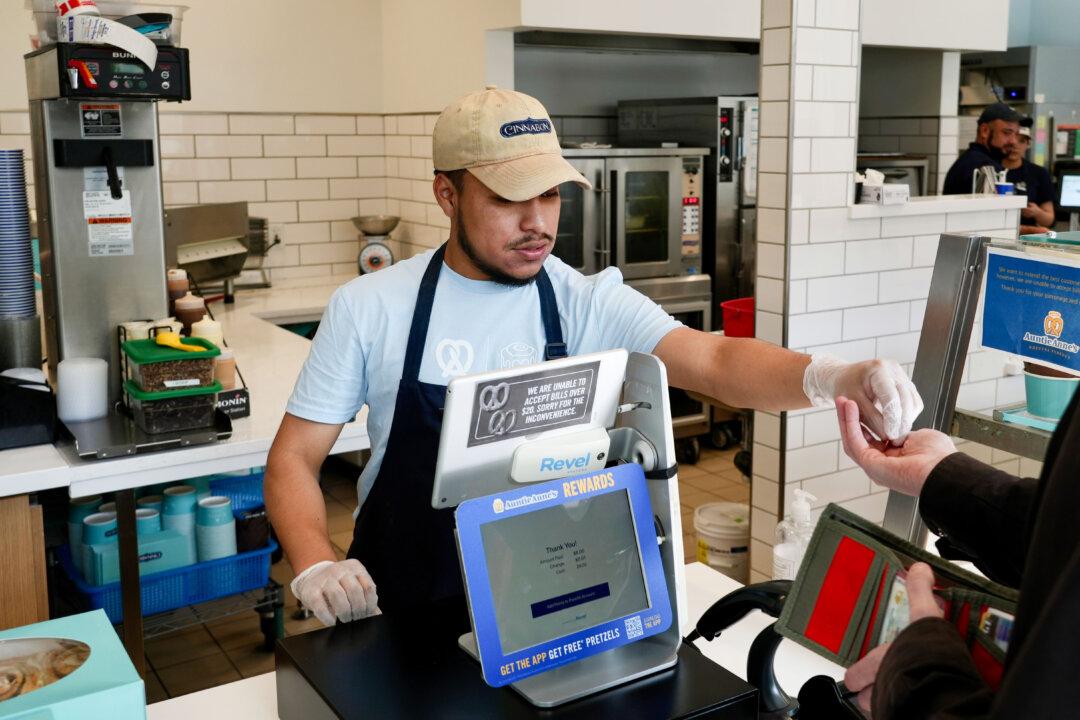U.S. schools spend an average of $19,380 per pupil, the second-highest rate per student (after adjusting to local currency values) among 37 other developed nations, according to the Organization for Economic Co-operation and Development (OECD). According to a new report from the Education Data Initiative, more than 3.5 percent of taxpayer dollars currently fund public education. But is that money turning into higher test scores?
According to a Business Insider report in 2018, the most recent global ranking available, the United States ranked 38th in math and 24th in science globally, and that was before the pandemic set the country’s test scores reeling.
However, many cities in the United States have learned that throwing money at education does not necessarily lead to higher test scores. For example, New York City’s spending for public education has risen 33 percent, to $26,571 per pupil, since 2016, making it the most expensive in the country. Meanwhile, enrollment dropped by 33,000 last year and, according to a policy briefing by the Citizens Budget Commission, 120,000 students and families have left city schools in the previous five years.
Despite the city’s considerable tax outlay for public education, according to the New York Post, the state’s standardized test scores sunk or were flat last school year following COVID-19 classroom shutdowns. For example, the number of third- to eighth-graders proficient in math dropped nearly eight points, from 45.6 percent of students to 38 percent. The English Language Arts exam pass rate was up a little from 47 percent of students proficient in 2019, to 49 percent, though there was a considerable drop in proficiency among third- and fourth-graders.
“Over the last 40 years, we’ve more than tripled the per pupil amount [nationally] adjusted for inflation. We’re pumping money into a broken system,” Jim Blew, the co-founder of the Defense of Freedom Institute, told The Epoch Times. “This is a touchy issue because we know schools of choice, both private and charter, when they receive more money, they improve. It’s not that money isn’t an important factor it’s just used in a way with no effect on outcomes.”
Students in New York can access a limited form of school choice by attending one of the state’s 360 charter schools that are currently publicly funded and serve approximately 13 percent of the public school students in New York City.
Dr. Molly Macek, director of Education Policy at the Michigan-based think tank Mackinac Center for Public Policy, says the biggest issue with public school funding is that while most schools know they need to be performing better, more thought or money will fund a cure. “They need immediate solutions. It’s unfair to the kids to make them wait for the grown-ups to learn how to run their schools. Urban areas like Detroit would be a prime example of those who would benefit most from vouchers or tax credits.”
Detroit public schools have an average math proficiency score of 10 percent versus the statewide average of 35 percent and a reading proficiency of 21 percent (16 percent in middle school), compared to the statewide average of 48 percent. Only 18 percent of elementary students tested at or above the proficient level for reading, while just 13 percent tested at or above that level for math. Also, 16 percent of middle-school students tested at or above the proficient level for reading, 11 percent tested at or above that level for math, and only 7 percent of Detroit high school students tested above that level.
But Dr. Macek added that sometimes, like in the case of Detroit public schools, it’s not necessarily how much is spent per pupil, it’s how the money is spent that’s the issue.
“You look at state budgets here [Michigan], and you see that very few allocations directly go to student achievement. A lot of funds are being directed to support buildings and improved renovations and you have the universal free meals program, the MiLEAP expansion of pre-school programming, and Great Start [Readiness Program],” she said, referring to the Michigan Department of Lifelong Education, Advancement, and Potential (MiLEAP).
The Detroit Public Schools Community District spends $15,800 per student, with an annual revenue of $775.7 million. Of that money, only $7.5 million is spent on instruction and the rest on support services and “other expenses.”
“Parents just don’t have options. That’s why school choice is so important. Where my heart really breaks is for families that don’t have a choice. They’re stuck in these schools. That has life implications,” Mr. Blew said, who added that it’s not teacher salaries that are the problem with the allocation of funding; it’s the bloated staffing and a lack of government foresight that’s at issue.
“Our political leadership needs to say, we hear the public and have to do things differently. Teachers’ salaries are basically keeping even with inflation and the number of teachers per child ratios are actually getting better. But one of the things that’s happened is that there’s been an explosion of unionized school staffing.”





